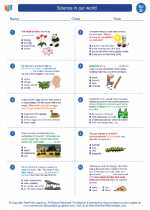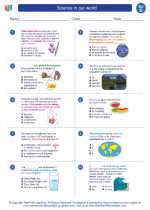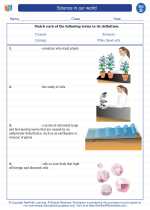Sand Dunes
Sand dunes are natural formations of wind-blown sand that typically form in deserts or along coastal areas. They can vary in size and shape, and are constantly changing as a result of wind and weather patterns. Understanding how sand dunes are formed and the different types of dunes is important for understanding the dynamic nature of these landscapes.
Formation of Sand Dunes
Sand dunes are formed through a process of erosion and deposition. When wind blows across a flat surface, it picks up loose grains of sand and carries them along. As the wind slows down, it drops the sand particles, leading to the formation of dunes. Over time, the accumulation and shifting of sand grains result in the development of dunes of various shapes and sizes.
Types of Sand Dunes
There are several different types of sand dunes, each with its own distinct characteristics:
- Barchan Dunes: These are crescent-shaped dunes with the tips pointing downwind. They are commonly found in areas with consistent wind direction.
- Transverse Dunes: These dunes form parallel to the prevailing wind direction and are often found in areas with moderate sand supply.
- Longitudinal Dunes: These dunes are long and narrow, running parallel to the wind direction. They typically form in areas with limited sand supply.
- Star Dunes: These dunes have multiple arms and are often found in areas with shifting wind patterns and abundant sand.
Study Guide
To study sand dunes effectively, consider the following key points:
- Understand the process of erosion and deposition as it relates to the formation of sand dunes.
- Be able to identify and describe the different types of sand dunes, including their unique characteristics and formation.
- Explore the impact of wind patterns and sand supply on the development of sand dunes.
- Examine the role of vegetation in stabilizing and shaping dune formations.
- Consider the ecological significance of sand dunes and the diverse plant and animal life that inhabit these environments.
By delving into these aspects of sand dunes, you can gain a comprehensive understanding of these dynamic natural features and their importance within various ecosystems.
.◂Science Worksheets and Study Guides Fourth Grade. Science in our world

 Worksheet/Answer key
Worksheet/Answer key
 Worksheet/Answer key
Worksheet/Answer key
 Worksheet/Answer key
Worksheet/Answer key
 Vocabulary/Answer key
Vocabulary/Answer key
